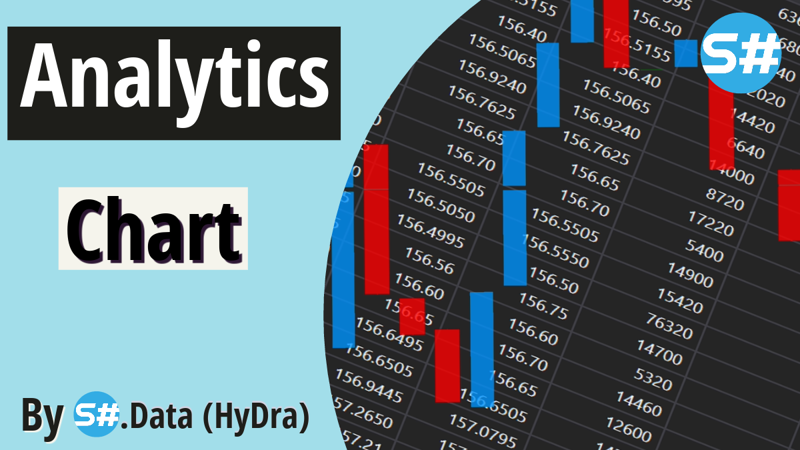💥💥Trading in financial markets, whether it's stocks, currencies (forex), or cryptocurrencies, requires a deep understanding of market data. One of the most powerful tools available to traders is trading charts. They provide a visual representation of historical price and volume data, allowing traders to analyze trends, identify patterns, and make informed decisions. Hydra Analytics, a versatile trading analytics platform, offers a range of features to help traders harness the power of trading charts.
💥What are Trading Charts?
Trading charts are graphical representations of price movements over time. They display historical data points as candlesticks, lines, or bars, depending on the chosen chart type. Traders use these charts to perform technical analysis, which involves studying past price data to predict future price movements.
💥Common Types of Trading Charts:
🔥 Candlestick Charts: These are the most popular charts among traders. Each candlestick represents a specific time period (e.g., one day), showing the opening, closing, high, and low prices during that period. Candlestick patterns are widely used to make predictions.
🔥 Line Charts: Line charts connect closing prices over a specified period with a continuous line. They provide a clear view of trends but lack the details of candlestick charts.
🔥 Bar Charts: Bar charts display price data as vertical bars, with the top of the bar representing the high price and the bottom representing the low. A horizontal line on the left indicates the opening price, while a line on the right shows the closing price.
⚡️Using Trading Charts in Hydra Analytics⚡️
Hydra Analytics offers a suite of tools to analyze trading charts effectively. Here's how you can use it:
👉 1. Chart Types:
Hydra Analytics provides multiple chart types, allowing you to choose the one that suits your analysis style. Whether you prefer candlestick charts for detailed analysis or line charts for an overview, you'll find the right chart type.
👉 2. Timeframes:
You can customize the timeframe of your charts. Whether you're a day trader who focuses on short-term movements or a long-term investor interested in the bigger picture, Hydra Analytics allows you to select timeframes that match your strategy.
👉 3. Technical Indicators:
Hydra Analytics offers a vast library of technical indicators that you can overlay on your charts. These indicators, such as moving averages, relative strength index (RSI), and stochastic oscillators, help you make informed trading decisions.
👉 4. Drawing Tools:
To perform in-depth technical analysis, you can use drawing tools like trendlines, support and resistance lines, and Fibonacci retracements. These tools help you identify key price levels and patterns.
👉 5. Backtesting:
Hydra Analytics allows you to backtest your trading strategies using historical data. You can apply your strategy to past price movements to see how it would have performed, helping you refine your approach.
👉 6. Real-time Data:
For traders who need up-to-the-minute information, Hydra Analytics provides real-time data feeds, ensuring you have the latest price and volume information at your fingertips.
💥Conclusion💥
Trading charts are an essential part of any trader's toolkit, providing valuable insights into market dynamics. Hydra Analytics enhances this by offering a range of chart types, technical indicators, and analysis tools. Whether you're a seasoned trader or just starting, understanding and effectively using trading charts within Hydra Analytics can significantly improve your trading decisions. Remember that while technical analysis is a powerful tool, it should be combined with a comprehensive trading strategy and risk management for the best results.
